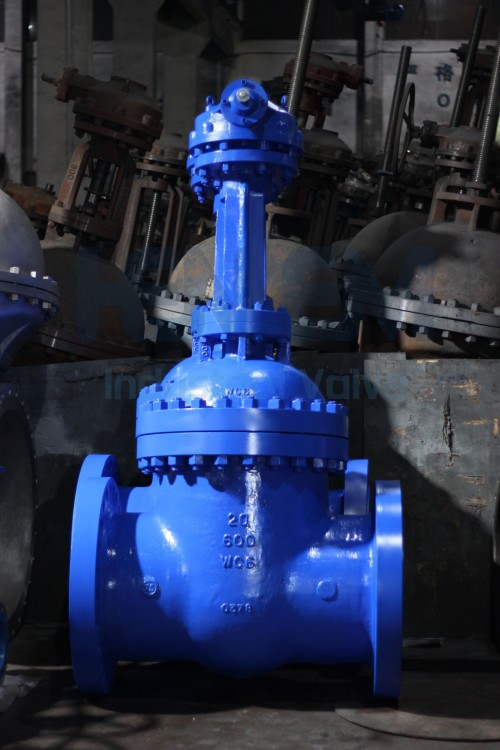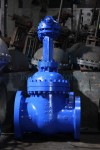



Introducing the Henlem ANSI Standard WC6 High-Temperature Gate Valve, Flange End with Gear Box Operation—a robust solution for demanding industrial environments. Available in sizes ranging from 2" to 72" and designed to handle pressures from ANSI 150 to 2500 LB, this gate valve ensures reliable performance across diverse applications.
Crafted from premium materials such as carbon steel, stainless steel, and Hastelloy C, the Henlem gate valve guarantees durability and corrosion resistance. Compliant with industry standards, including ASME B16.5/ASME B16.47 for flanged ends and ASME B16.25 for BW ends, this valve boasts an API 600 design standard, ASME B16.10 face-to-face dimensions, and API 598 testing standard.
With features like an outside screw and yoke, bolted bonnet, pressure seal, and a flexible, fully guided wedge, the Henlem gate valve offers versatility and ease of operation. Choose reliability with Henlem—a brand synonymous with quality and precision in industrial valves.
Size: 2“-72”
Pressure: American National Standards Institute (ANSI) 150~2500 LB
Carbon steel. Stainless Steel, Hastelloy C, Bronze, Aluminum, Stellite, Copper, Silicone Bronze, Brass, 3% Nickel Iron, 17-4 PH Stainless Steel, 400 Series Stainless Steel, Alloy 20Cb-3, Monel, etc,
a. Connection:
ASME B16.5/ASME B16.47 Flanged ends
ASME B16.25 BW Ends
b. Gate Valve design standard: API 600
c. Face to face dimension: ASME B16.10
d. Testing standard: API 598
a. Outside Screw and Yoke
b. Bolted Bonnet and Pressure Seal
c. Flexible and solid wedge, fully guided
d. Welding seat rings or renewable seat rings
e. Rising stem and non-rising stem
f. Low Torque